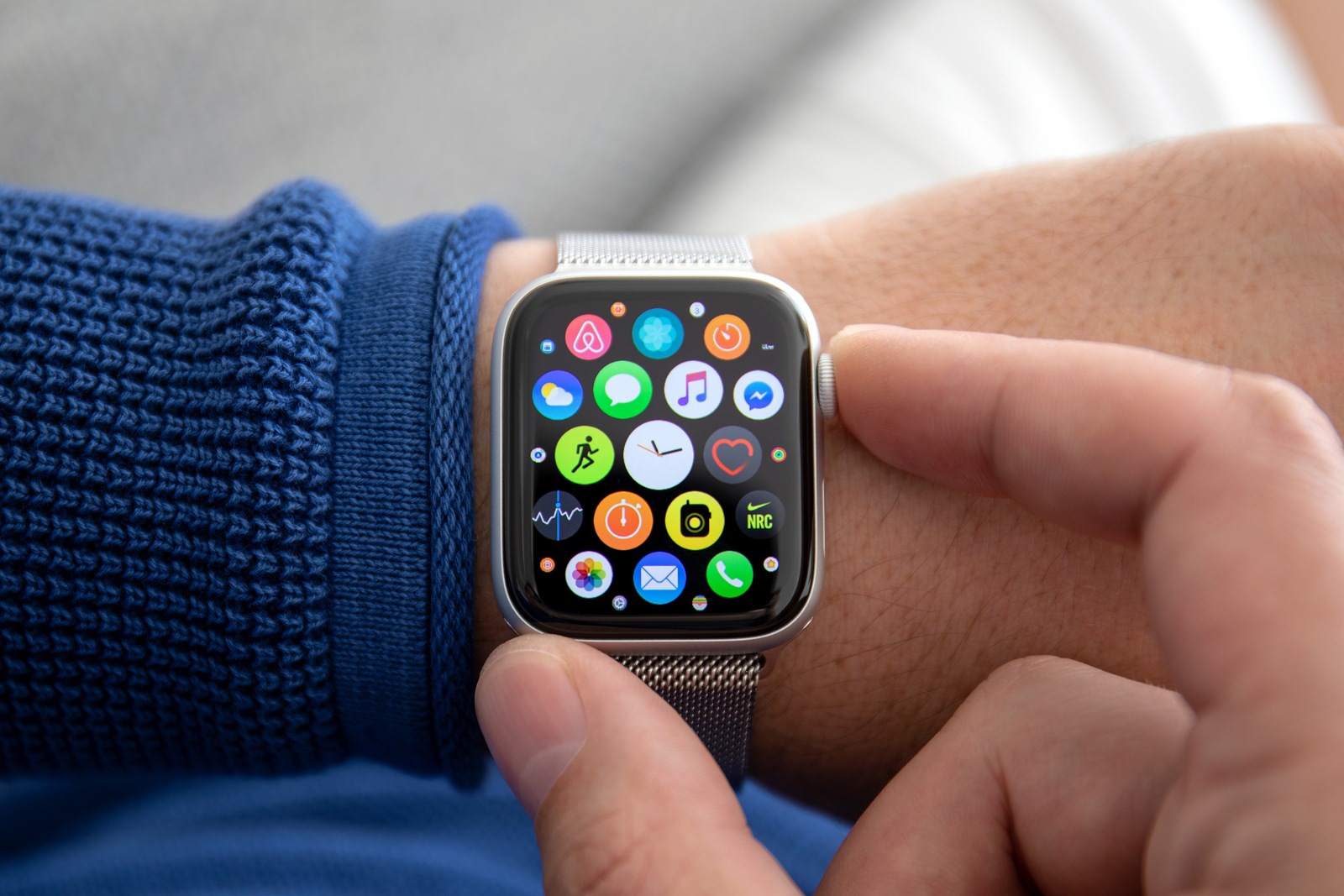The Apple Watch has evolved steadily over the years and many users can no longer imagine life without it. With watchOS 6, more useful features have been added - one of which relates to hearing.
The Apple Watch is designed to enrich our lives in the area of health. It is designed to ensure that its wearer pays more attention to their own well-being and does something about it accordingly - that is Apple's vision. With watchOS 6, the Apple Watch not only gains new functions but also becomes more independent of the iPhone itself. But today we want to talk about ambient noise and this is where the new "Sounds" application comes into play. Although watchOS 6 has been available to most Watch owners since September, the function still seems to be unknown to everyone. Apple explains the application as follows:
Noise – Apple Watch can check the noise levels in your environment and alert you if they may be affecting your hearing.
How the Sounds app works
But how exactly does it all work? Basically, it's very simple. If the app is activated, your Apple Watch can continuously measure your ambient noise using the built-in microphone. However, data protection is the top priority. Although the measurement takes place continuously in the background, no noises themselves are recorded - only the measurement results are documented. This means that confidential conversations remain confidential.
The configurable values at a glance
The "Noise" app can of course be configured in detail like any other feature. In the "Noise threshold" area, a decibel value can be set. If this is exceeded, the user receives a warning in the form of a message. The function is described as follows:
Get notified when the average noise level reaches or exceeds 90 decibels for 3 minutes.
The 90 decibels serve as an example. Users can choose between 80, 85, 90, 95 or 100 decibels. Each value has a so-called daily limit. According to Apple, these limits are set by the World Health Organization. Here is an example: According to the WHO, a user should not be exposed to ambient noise of over 90 decibels for more than 30 minutes a day - otherwise this would damage hearing in the long term. Here is the list:
- 80 decibels – limit: 5 hours 30 minutes / day
- 85 decibels – limit: 1 hour 45 minutes / day
- 90 decibels – limit: 30 minutes / day
- 95 decibels – limit: 10 minutes / day
- 100 decibels – limit: 3 minutes / day
Many people will now say, "Oh come on, I should notice if it's too loud" - but that's exactly the point. The noise level is often underestimated. This makes the new feature all the more advantageous - you can also see it as a little reminder.
How to set up the Sounds app on your Apple Watch
Setting up the "Sounds" app is, like so many things with Apple, pretty easy. Users can set up the function via their Apple Watch or, alternatively, via their iPhone. Open the settings on your Apple Watch and navigate to the "Sounds" section. Now you can activate the "Ambient noise measurement" option. In the "Noise notification" section, you set the benchmark. If you want to measure the level in real time, open the "Sounds" app on your Apple Watch. Here you can track the actual real-time value of your ambient noise. Cool, right?!
How to set up the Sounds app on your iPhone
However, if you want to set it up on your iPhone, you can do so using the Apple Watch application. Open the relevant app and navigate to the menu item "Sounds". Now you can activate or deactivate the feature and set the desired value. The function may not be of interest to some, but the added value is worth noting. A little hint can't hurt, especially when it comes to your own health. By the way - if you have concerns about the battery life, I can reassure you. I hardly notice any difference on my Apple Watch Series 4 (44mm) with LTE. Have you activated the feature on your watch? Let me know the answer in our survey - thank you very much for taking part. (Photo by Denys Prykhodov / Bigstockphoto)
Note – This application is only available on Apple Watch Series 4 or later with watchOS 6. Older models are not supported.





